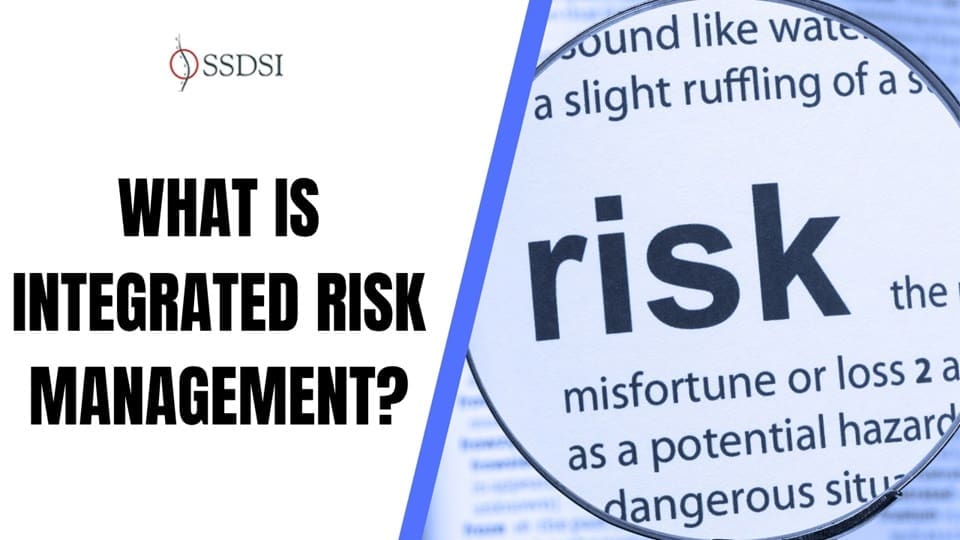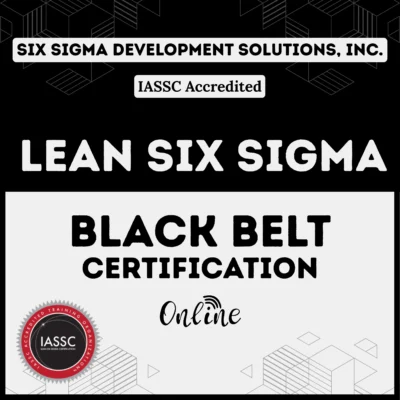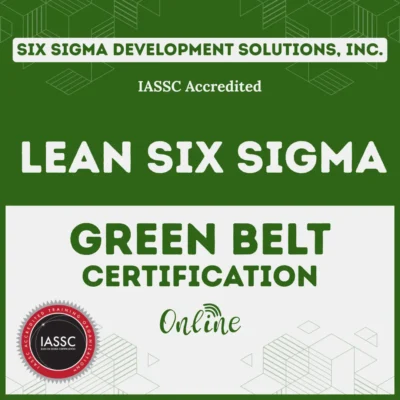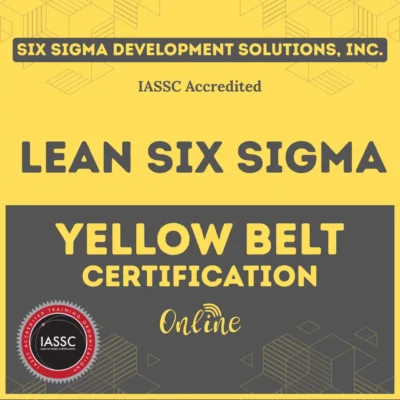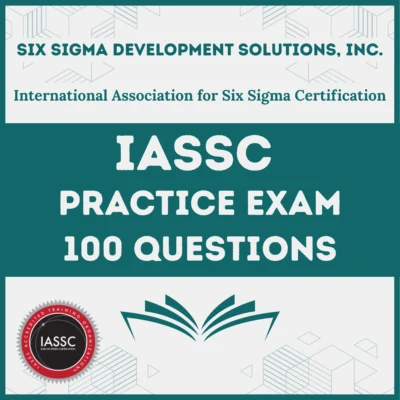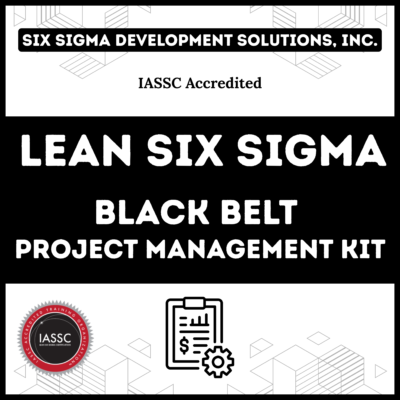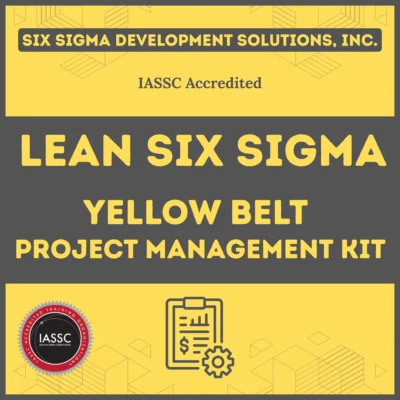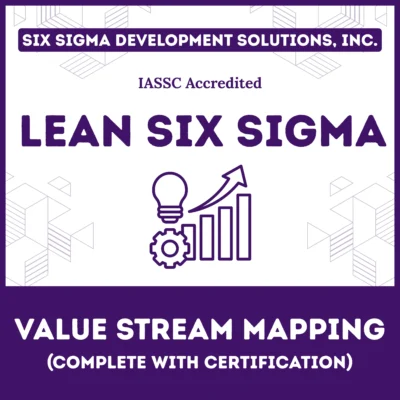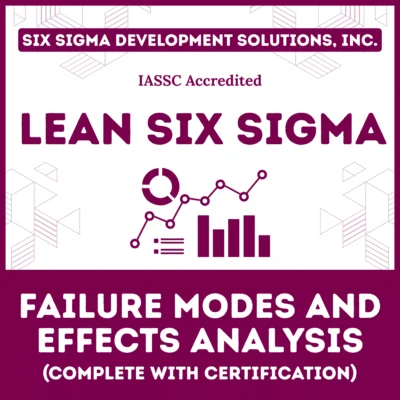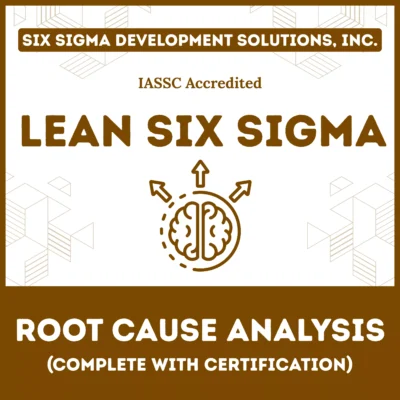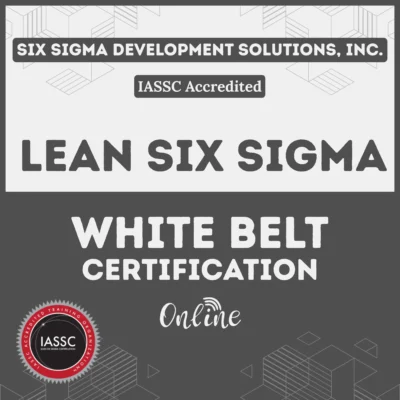Integrated risk management (IRM), is a dynamic approach that transforms fragmented risk strategies into a unified shield. Unlike traditional methods that tackle risks in silos, IRM weaves together people, processes, and technology to anticipate and mitigate threats across the enterprise.
This article dives deep into the IRM meaning, explores its framework, compares it with enterprise risk management (ERM), and offers practical steps to build a robust integrated risk management program.
Whether you’re a business leader, risk manager, or operations professional, this guide will empower you to turn risks into opportunities.
Table of contents
What is Integrated Risk Management?
Integrated risk management is a holistic strategy that aligns risk identification, assessment, and mitigation across all organizational functions. It breaks down silos, ensuring risks—whether cyber, operational, financial, or regulatory—are managed as a cohesive whole.
According to industry frameworks, IRM involves practices and processes that enhance decision-making by providing a unified view of risks, supported by a risk-aware culture.
At its heart, IRM answers the question: How can we anticipate and manage all risks in sync with our business goals? It’s proactive, leveraging data to spot threats early, from data breaches to supply chain bottlenecks.
Unlike traditional risk management, which often isolates risks by department, IRM connects the dots, fostering resilience in a hyper-connected world. For example, a retailer using IRM might assess a vendor delay’s impact on cybersecurity, compliance, and finances simultaneously, ensuring no blind spots.
Evolution of Risk Management
Risk management once meant isolated efforts: finance teams handled market risks, IT focused on cyber threats, and operations tackled supply chain issues. This fragmented approach left gaps, as risks often ripple across departments. The rise of globalization, digital transformation, and stricter regulations in the 2010s exposed these flaws, birthing integrated risk management.
Frameworks like ISO 31000 and NIST’s Cybersecurity Framework paved the way, emphasizing cross-functional integration. By 2025, the IRM market has grown significantly, driven by the need for real-time insights in a volatile world. IRM’s strength lies in its ability to unify risk data, enabling faster, smarter decisions.
For instance, a manufacturer facing a supply chain snag can use IRM to assess not just logistics but also cyber vulnerabilities in new vendors, ensuring a comprehensive response.
Public, Onsite, Virtual, and Online Six Sigma Certification Training!
- We are accredited by the IASSC.
- Live Public Training at 52 Sites.
- Live Virtual Training.
- Onsite Training (at your organization).
- Interactive Online (self-paced) training,
Integrated Risk Management vs. Enterprise Risk Management
While integrated risk management and enterprise risk management (ERM) both aim to protect organizations, they differ in scope and execution.
ERM takes a strategic, top-down approach, focusing on high-level risks like market shifts or strategic missteps that threaten business objectives. It’s often boardroom-driven, aligning risks with long-term goals but sometimes missing daily operational threats.
IRM, on the other hand, zooms in on operational and technology-driven risks, integrating them across functions. It tackles real-time challenges—like cloud vulnerabilities or third-party risks—while feeding insights into ERM for strategic alignment. As one expert notes, “ERM guards the big picture, while IRM ensures the daily gears turn smoothly without breaking.”
| Aspect | Enterprise Risk Management (ERM) | Integrated Risk Management (IRM) |
| Focus | Strategic, enterprise-wide risks | Operational, tech-driven risks |
| Scope | Long-term objectives | Daily processes, cross-functional |
| Strength | Aligns with corporate goals | Real-time, unified risk visibility |
| Best For | High-level planning | Agile threat response |
Together, ERM and IRM create a robust defense: ERM sets the vision, IRM executes it. Organizations combining both see 20-30% faster risk responses, ensuring agility and alignment.
Also Read: Supply Chain Risk Management (SCRM)
Integrated Risk Management Framework
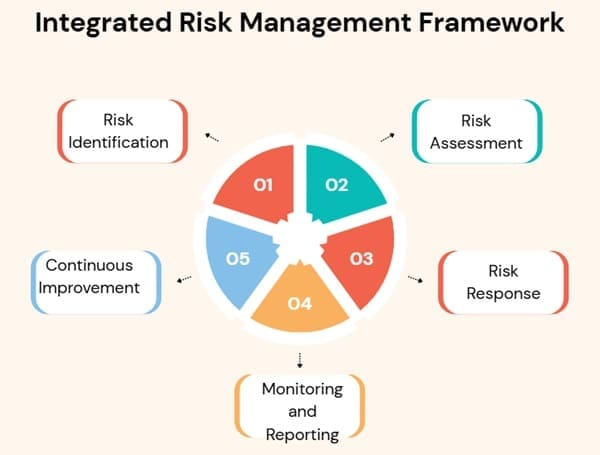
A strong integrated risk management framework is the foundation of effective IRM. Drawing from standards like ISO 31000 and NIST, it typically includes five key components:
- Risk Identification: Scan for threats across silos—cyber, compliance, operational—using methods like threat modeling or stakeholder interviews.
- Risk Assessment: Evaluate risks by likelihood and impact, using scoring models or predictive analytics for precision.
- Risk Response: Craft strategies to mitigate, transfer, accept, or avoid risks, tailored to the organization’s risk appetite.
- Monitoring and Reporting: Use real-time dashboards to track risk metrics, ensuring transparency for decision-makers.
- Continuous Improvement: Regularly audit and refine processes to adapt to new threats, such as ESG regulations or cyber trends.
The UNECE’s Governance Risk Management (GRM) and IRM document highlights that IRM integrates with governance, reducing redundancies and enhancing decision-making.
For example, a healthcare provider might use this framework to link patient data security with supply chain risks, preventing costly breaches. Benefits include 15-25% cost savings from streamlined processes and improved compliance rates.
To implement, start with a pilot in one area—like vendor risk—then scale enterprise-wide. Regular reviews keep the framework agile, ensuring it evolves with your business.
Benefits of an Integrated Risk Management Approach
Adopting an integrated approach to risk management transforms how organizations handle uncertainty. Key benefits include:
- Enhanced Decision-Making: A unified risk view empowers leaders to make informed choices, balancing opportunity and threat. For instance, a retailer can weigh a new vendor’s benefits against cyber risks in one dashboard.
- Operational Efficiency: Centralizing risk data eliminates redundant efforts, cutting compliance costs by up to 40%. This frees resources for innovation.
- Stronger Resilience: Proactive monitoring spots emerging risks—like regulatory shifts or climate-related disruptions—before they escalate.
- Improved Collaboration: IRM breaks silos, fostering cross-departmental teamwork. A finance team can share data with IT to address fintech risks holistically.
- Regulatory Compliance: In sectors like finance or healthcare, IRM ensures adherence to standards like GDPR or DORA, minimizing penalties.
By embedding risk awareness into daily operations, IRM turns potential setbacks into strategic advantages, boosting trust and competitiveness.
Building an Integrated Risk Management Program
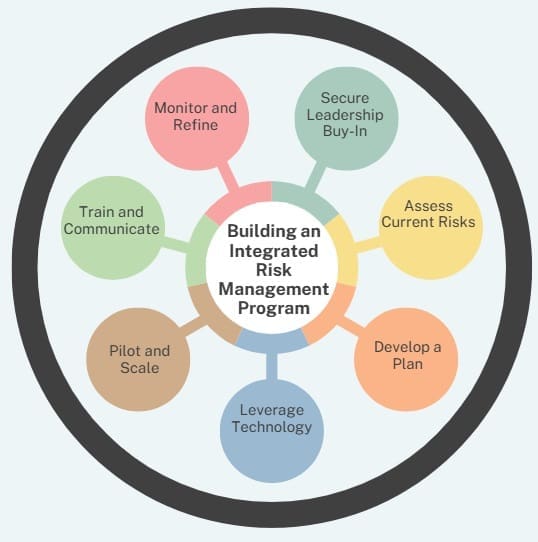
Launching an integrated risk management program requires a structured approach. Follow these steps to ensure success:
- Secure Leadership Buy-In: Engage executives to define risk appetite and allocate resources. Without C-suite support, IRM efforts may falter.
- Assess Current Risks: Map existing processes, identify silos, and conduct gap analyses through audits or workshops.
- Develop a Plan: Create an integrated risk management plan aligned with your framework, setting clear objectives like reducing incident response times.
- Leverage Technology: Use tools like risk dashboards or automated assessments to streamline data collection and reporting.
- Pilot and Scale: Start with a high-impact area, such as third-party risk, then expand across the organization.
- Train and Communicate: Educate employees on IRM principles to foster a risk-aware culture, using real-world scenarios to drive engagement.
- Monitor and Refine: Regularly review KPIs like risk exposure reduction to ensure continuous improvement.
For example, a logistics firm implementing IRM might integrate cyber and supply chain risks, cutting downtime by 35%. Challenges like data silos or resistance can be overcome with phased rollouts and clear ROI demonstrations.
Also Read: Compliance and Risk Management
Integrated Risk Management Tools
Effective integrated risk management tools are essential for scaling IRM efforts. These tools centralize data, automate workflows, and provide real-time insights. Common features include:

- Risk Dashboards: Visualize threats across departments for quick decision-making.
- Automated Assessments: Score risks based on likelihood and impact, reducing manual effort.
- Compliance Tracking: Monitor adherence to regulations like GDPR or NIST 800-53.
- Vendor Risk Management: Evaluate third-party exposures in real-time.
While various platforms exist, the best tools integrate with existing systems like ERPs or IT service management platforms, ensuring seamless adoption. For instance, a bank might use a tool to track fintech integrations, cutting audit cycles by 50%. Choosing the right tool depends on your industry, size, and risk priorities—focus on scalability and ease of use.
Real-World Applications of Integrated Risk Management
IRM shines in diverse sectors:
- Finance: A bank uses IRM to align cyber and compliance risks, ensuring DORA adherence and faster threat detection.
- Manufacturing: A firm links supply chain and financial risks, averting disruptions during vendor issues, saving millions.
- Healthcare: Providers integrate patient data security with operational risks, ensuring care continuity and regulatory compliance.
These examples show IRM’s versatility, turning complex risks into manageable challenges across industries.
Overcoming Challenges in Integrated Risk Management
Implementing IRM isn’t without hurdles. Common challenges include:
- Data Silos: Disparate systems hinder unified risk views. Solution: Use integration middleware to connect platforms.
- Cultural Resistance: Teams may resist new processes. Counter with training and early wins, like reduced incident times.
- Complexity: Integrating diverse risks can overwhelm smaller firms. Start with a pilot project to build confidence.
- Cost Concerns: Initial investments in tools or training may seem high. Demonstrate ROI through metrics like cost savings or compliance gains.
The UNECE document emphasizes that fostering a risk-aware culture through governance overcomes these barriers, ensuring long-term success.
FAQs About Integrated Risk Management
What is integrated risk management?
Integrated risk management (IRM) is a holistic approach that unifies risk identification, assessment, and mitigation across an organization, enhancing resilience and decision-making.
What does IRM stand for?
IRM stands for Integrated Risk Management, a strategy that integrates governance, risk, and compliance for a comprehensive risk view.
How does IRM differ from enterprise risk management?
IRM focuses on operational, tech-driven risks with real-time integration, while ERM targets strategic, high-level risks aligned with business goals.
What are the benefits of an IRM framework?
IRM boosts decision-making, cuts compliance costs by 15-40%, enhances resilience, and ensures regulatory adherence through unified risk management.
How can organizations implement an IRM program?
Start with leadership buy-in, assess current risks, develop a plan, leverage tools for automation, and foster a risk-aware culture through training and reviews.
Final Words
Integrated risk management is a game-changer in today’s complex world, transforming fragmented risk strategies into a unified powerhouse. By embracing an IRM framework, organizations gain clarity, efficiency, and resilience, turning threats into strategic advantages. From identifying risks across silos to fostering collaboration and compliance, IRM empowers businesses to thrive amid uncertainty.

About Six Sigma Development Solutions, Inc.
Six Sigma Development Solutions, Inc. offers onsite, public, and virtual Lean Six Sigma certification training. We are an Accredited Training Organization by the IASSC (International Association of Six Sigma Certification). We offer Lean Six Sigma Green Belt, Black Belt, and Yellow Belt, as well as LEAN certifications.
Book a Call and Let us know how we can help meet your training needs.

